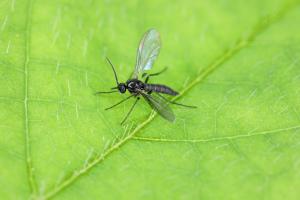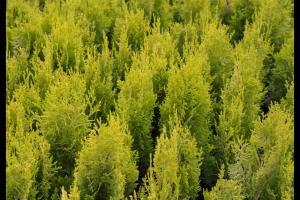Discover the 20 Vegetables That Start With H
Hey there, veggie enthusiasts! Today, we’re diving into the wonderful world of vegetables that start with the letter ‘H.’ From the humble and nutritious to the exotic and flavorful, these green goodies are a treasure trove of taste and health benefits.
1. Horseradish
Horseradish has a kick that’s hard to forget. Just one taste can clear your sinuses, and its fiery flavor can jazz up many dishes. But have you ever wondered where this root comes from and how it gained such popularity?
Horseradish is, at its core, a root vegetable. It might look a bit like a rough, brown stick, but beneath that unassuming exterior lies its true power. When you grate or crush the root, it releases potent compounds that can bring tears to your eyes and heat to your mouth. And while it might sound a bit odd, this intensity is exactly why people love it.
Across history, folks have been using horseradish for more than just flavor. Some believed it had medicinal properties. They thought it could ease various ailments, from aching joints to respiratory issues. While we can’t vouch for all these claims, it’s interesting to see the trust many had in this fiery root.
In the culinary world, horseradish is a bit of a rock star. People often pair it with beef or use it to make cocktail sauces. It’s also a crucial ingredient in wasabi, that green paste you find next to your sushi. That’s right; most wasabi we get outside of Japan is actually colored horseradish!
And let’s not forget its nutritional side. Horseradish is a low-calorie food but is rich in dietary fiber, vitamins, and minerals. It’s packed with vitamin C, which we all know is good for our immune systems. So, not only does it add a punch of flavor, but it also delivers some health benefits.
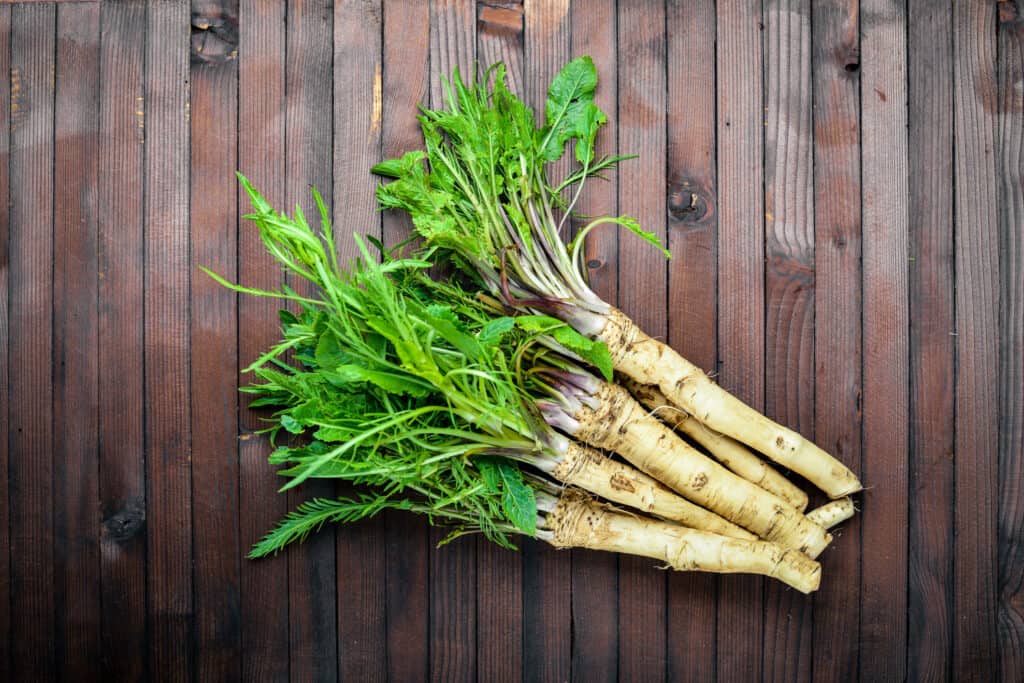
©iStock.com/Nataliia Mysak
2. Hubbard Squash
Hubbard squash, classified as Cucurbita maxima, is a unique winter squash that is part of the gourd family, Cucurbitaceae. This large, bulbous vegetable is known for its unique appearance, rich flavor, and versatility in the culinary world.
Hubbard squash typically has a round to oval shape with a rough, bumpy skin that ranges in color from deep green to gray-blue. Its skin can be quite hard and may require some effort to cut through. The flesh of Hubbard squash is dense, sweet, and vibrant orange, with a nutty and slightly sweet flavor profile.
In the kitchen, Hubbard squash is prized for its versatility. It can be roasted, baked, mashed, or pureed, and its sweet and nutty taste makes it a favorite ingredient in soups, stews, and side dishes. Hubbard squash can also be used to make pies and other desserts due to its natural sweetness.
Native to South America, Hubbard squash has a long history of cultivation dating back thousands of years. It was introduced to North America by European settlers in the 18th century and has since become a staple in many American households.
For those interested in growing Hubbard squash, there are some key tips to consider. This vegetable thrives in well-drained, fertile soil and requires plenty of sunlight to reach its full potential. It is typically grown as an annual plant, with seeds sown in late spring or early summer once the risk of frost has passed. Adequate spacing between plants (around three to four feet apart) allows for proper growth and air circulation. Regular watering and mulching to retain soil moisture are essential for healthy development. As the squash matures, it’s advisable to provide support, such as trellises or slings, to prevent the heavy fruits from touching the ground, reducing the risk of rot.
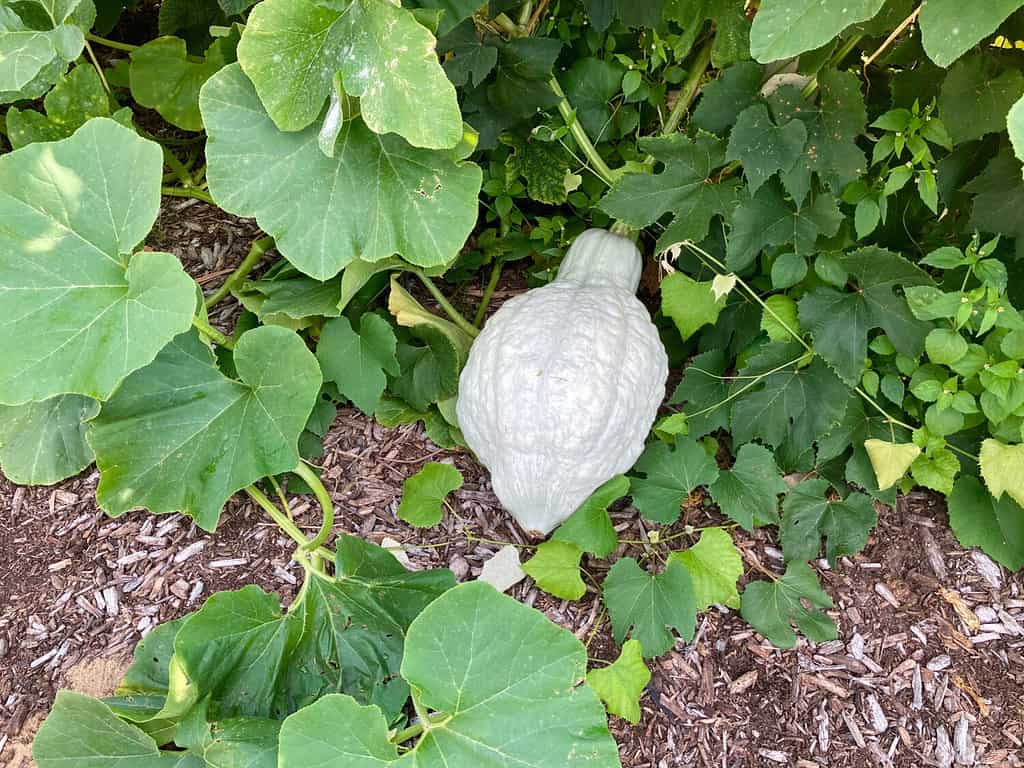
©Juli V/Shutterstock.com
3. Habanero Pepper
The habanero pepper, scientifically known as Capsicum chinense, is a small yet potent chili pepper that packs a punch in terms of both heat and flavor. Belonging to the Solanaceae family, these peppers are well-known for their fiery reputation and distinctive appearance.
Habanero peppers are typically petite, measuring just one to two inches in length, and they sport a wrinkled, lantern-like shape. The thin skin of habaneros encloses a cluster of tiny seeds enveloped by a white membrane. These unique features make habaneros easily distinguishable from other chili varieties.
What truly sets habanero peppers apart is their intense heat. On the Scoville Heat Scale, which quantifies chili pepper spiciness, habaneros register as one of the hottest, boasting a formidable range of 100,000 to 350,000 Scoville Heat Units (SHU). To put this in perspective, habaneros are significantly spicier than jalapeños, which generally measure between 2,500 and 8,000 SHU.
Native to regions of South and Central America, especially areas in the Amazon basin, habanero peppers boast a rich history of cultivation and culinary use dating back thousands of years. They play a pivotal role in various Latin American and Caribbean cuisines, where their fiery flavor is harnessed to infuse salsas, hot sauces, and a multitude of dishes with intense heat. Habaneros are also a key ingredient in iconic recipes such as Jamaican jerk chicken and famous habanero-based hot sauces like “salsa picante.”
What renders habanero peppers truly unique is their fusion of heat and fruity essence. This distinctive blend of spiciness and sweetness has earned them a devoted following among those who crave a fiery experience tinged with tropical fruitiness. Furthermore, the habanero’s striking colors and distinctive lantern shape make it a visually captivating addition to gardens, enticing both culinary enthusiasts and horticulturists.
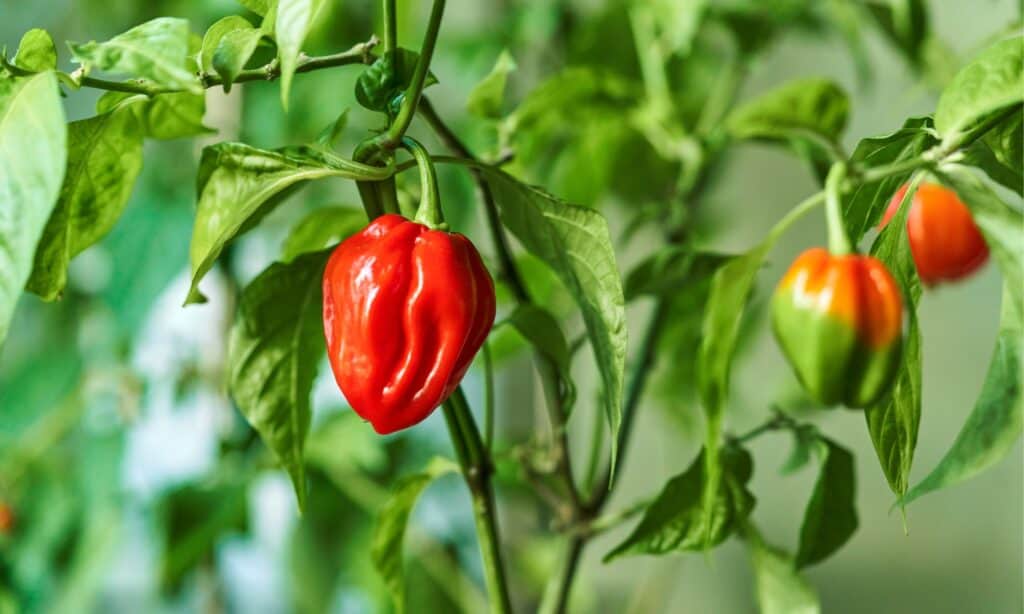
©iStock.com/Aleksandr Rybalko
4. Hedge Mustard
When you walk around your neighborhood, especially in the countryside of southern Europe, you might stumble upon hedge mustard. It’s a rather tall, spindly plant with tiny, yellow flowers that bloom during the spring. Many mistake it for a simple weed because of its modest appearance. But don’t be fooled! This plant has a history and value that extends far beyond its humble looks.
For starters, hedge mustard belongs to the Brassicaceae family. This group also includes many of our favorite vegetables like broccoli, cabbage, and kale. Like its famous relatives, hedge mustard also offers nutritional benefits. Those who know about this secret often use its young leaves in salads or as a herb in various dishes. It has a peppery flavor, somewhat similar to arugula, which can add a delightful kick to your meals.
What’s more, traditional herbalists have often turned to hedge mustard for its medicinal properties. Some people believe it can soothe sore throats or treat respiratory issues. While not a replacement for modern medicine, it’s interesting to see how this “weed” has been valued throughout history.
But hedge mustard isn’t just for humans. It provides sustenance for many insects and animals. Butterflies, especially, are known to frequent hedge mustard for its nectar. So, the next time you see this plant, remember it’s not only a culinary treasure but also a crucial part of our ecosystem.
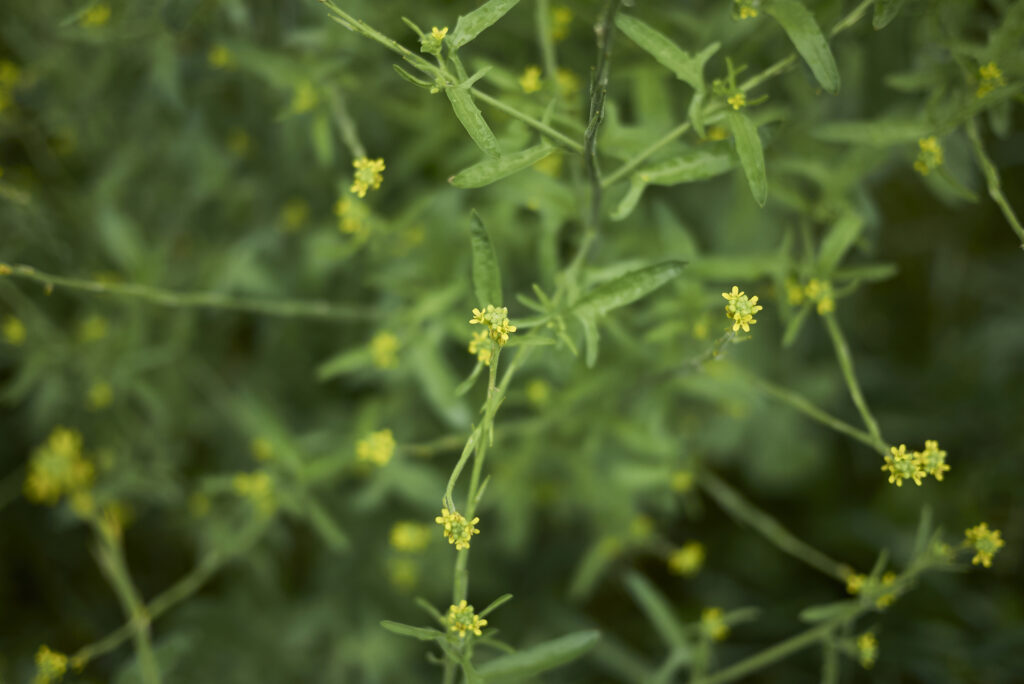
©seven75/iStock via Getty Images
5. Hearts of Palm
Tucked inside certain palm trees, you’ll find a tender, white cylinder. This is the heart of palm, a vegetable harvested from the inner core of specific palm species. Extracting them means that the palm tree will no longer grow, so it’s crucial to source them sustainably. Some farms now cultivate palms specifically for this purpose, ensuring we can enjoy hearts of palm without harming natural ecosystems.
If you’ve ever tried them, you’ll know they have a delicate flavor, somewhat like artichokes, with a hint of nuttiness. Their crisp and creamy texture makes them versatile in various dishes. From salads to stir-fries, hearts of palm add a unique twist that many food lovers appreciate.
Nutritionally speaking, they pack a punch! They’re a great source of fiber, potassium, and vitamins, especially vitamin C and folate. Plus, they’re low in calories, making them a fantastic choice for those who are health-conscious.
But where did the popularity of hearts of palm begin? Their journey to global recognition started in Central and South America. Indigenous communities have long known about and enjoyed the benefits of this vegetable. Over time, as the world became more connected, hearts of palm found their way onto international menus and into global supermarkets.
However, with increased demand comes responsibility. Overharvesting, especially from wild palms, became a concern. Thankfully, due to sustainable farming methods and an awareness of the need to protect natural resources, there are now ways to enjoy hearts of palm without negative environmental impacts.

©iStock.com/jantroyka
6. Hass Avocado
The Hass avocado, a superstar in the world of vegetables (though it is technically a fruit), is more than just the base for your favorite guacamole. This buttery fruit, with its distinctive pebbled skin, has taken the culinary world by storm and has an intriguing backstory to match its popularity.
Most folks recognize a Hass avocado by its dark, wrinkly skin which looks a bit different from other avocados. When ripe, its skin takes on a deep purplish-black hue, and the fruit inside offers a creamy texture that’s hard to resist. Its rich, nutty taste makes it the go-to choice for many dishes, from salads to toast, and even some desserts.
The history of the Hass avocado is quite fascinating. Unlike many other fruits that have been around for centuries, the Hass avocado owes its start to a postal worker named Rudolph Hass. Back in the 1930s, in California, Hass planted some avocado seeds in his backyard with hopes of cultivating a tree. To his surprise, one of the seeds grew into a tree that produced fruit different from the usual. Instead of getting rid of it, Hass decided to patent his new discovery in 1935, making it the first patented tree of its kind. Now, when you munch on a Hass avocado, you can think of Mr. Hass and his happy accident!
Apart from its delicious taste, Hass avocados also offer a slew of health benefits. They’re packed with healthy fats, fiber, and various vitamins and minerals. Plus, they’re known to support heart health, making them a great addition to any diet.
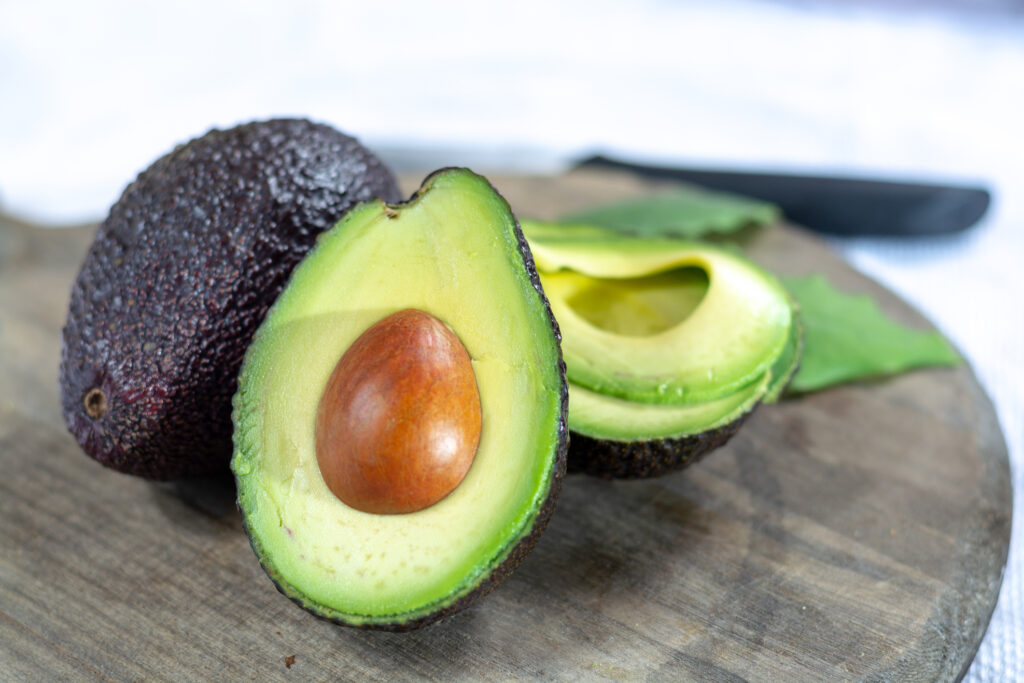
©barmalini/iStock via Getty Images
7. Hominy
Hominy, though not a household name everywhere, has deep roots in culinary traditions, particularly in the Americas. At first glance, one might mistake it for a bloated corn kernel, but dive a bit deeper, and its rich history and unique preparation method come to light.
So, what’s the scoop on hominy? Well, it’s made from whole corn kernels. But these aren’t just any corn kernels. They undergo a special treatment process where they are soaked in an alkaline solution. This process, called nixtamalization, does more than just give the kernels their puffy appearance. It also makes the nutrients in the corn more accessible for our bodies to absorb.
This nixtamalization technique wasn’t born yesterday. It can be traced back to ancient Mesoamerican civilizations. They discovered that treating corn in this way not only made it more nutritious but also tastier. This knowledge has been passed down through generations, and today, hominy remains a staple in many dishes.
If you’ve ever enjoyed a bowl of posole, a traditional Mexican soup, then you’ve had hominy! Its chewy texture and mild flavor make it a versatile ingredient in a variety of dishes. Some folks even grind it to make masa, a type of dough used in making tamales and tortillas.
Beyond its culinary uses, hominy carries some great health benefits. It’s a good source of fiber, which can help with digestion. Plus, thanks to the nixtamalization process, it’s rich in niacin, a type of B vitamin that our bodies need.
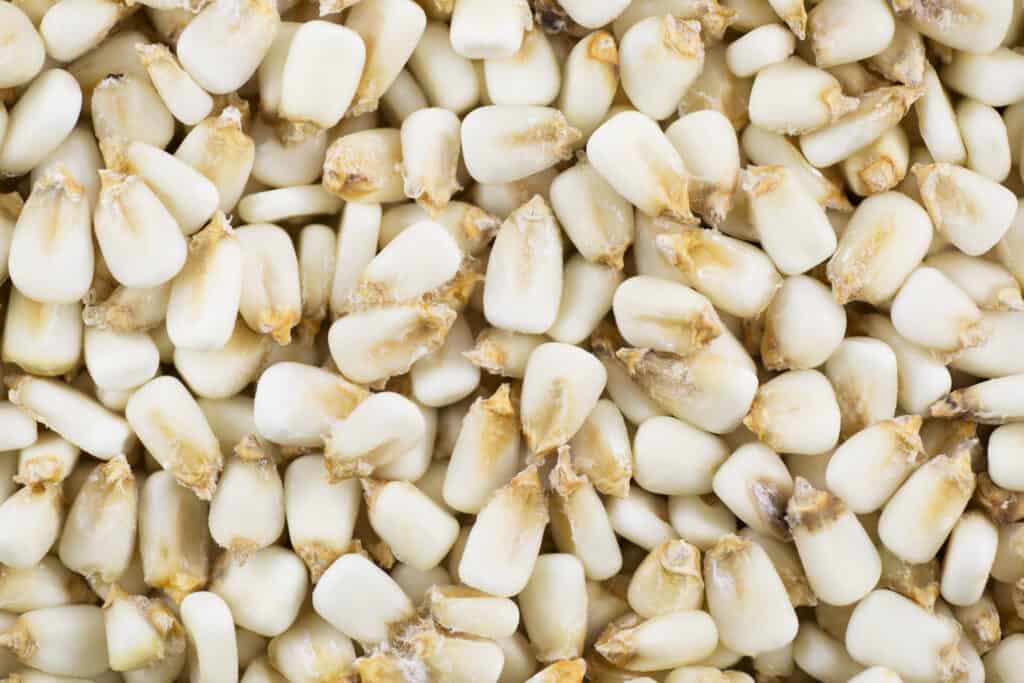
©iStock.com/cheche22
8. Husk Tomato
The husk tomato, often overlooked in the grand parade of fruits and vegetables, has a unique charm and flavor that deserves recognition. Some might recognize it by its other names like “ground cherry” or “tomatillo,” depending on where you are in the world. Whatever name it goes by, this little fruit is packed with surprises.
First, let’s talk about its appearance. The husk tomato is quite the show-off, wearing a delicate, papery husk that wraps around it like a lantern. As it ripens, the husk turns from green to light brown, hinting that the sweet and tangy fruit inside is ready to be eaten. Peel away this husk, and you’ll find a small, typically yellow or green tomato, ready to be savored.
Now, you might wonder, “How do I use it?” Well, husk tomatoes are quite versatile. You can pop them in your mouth as they are, use them in salads, or even make jams and jellies. In Mexican cuisine, they’re a staple, turned into a delicious green salsa known as “salsa verde.” Its unique combination of sweetness with a hint of tartness adds a zing that can elevate any dish.
Beyond their taste, husk tomatoes are good for you too! They’re packed with vitamins, antioxidants, and fiber. So, you can feel good while enjoying their delightful taste.
But there’s one thing to keep in mind: patience is key when waiting for husk tomatoes to ripen. Unlike other fruits, they have their own timeline. The best way to know they’re ready is when they’ve fallen to the ground. That’s nature’s way of saying that they’re ready for harvest.
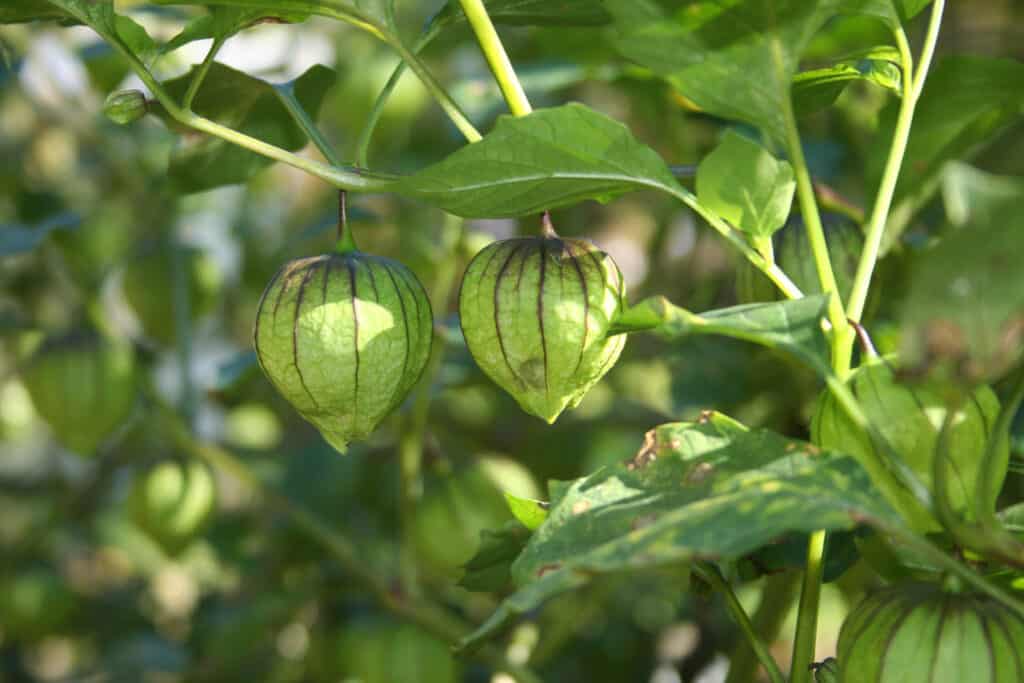
©iStock.com/Marti157900
Summary of Vegetables That Start With H + More
| # | Vegetable |
|---|---|
| 1 | Horseradish |
| 2 | Hubbard Squash |
| 3 | Habanero Pepper |
| 4 | Hedge Mustard |
| 5 | Hearts of Palm |
| 6 | Hass Avocado |
| 7 | Hominy |
| 8 | Husk Tomato |
| 9 | Hijiki |
| 10 | Hakurei Turnip |
| 11 | Hot Pepper |
| 12 | Honeydew Melon |
| 13 | Hyacinth Bean |
| 14 | Huitlacoche |
| 15 | Hokkaido Pumpkin |
| 16 | Hamburg Parsley |
| 17 | Horta |
| 18 | Haricot Bean |
| 19 | Hopi Blue Corn |
| 20 | Hedgehog Mushroom |



